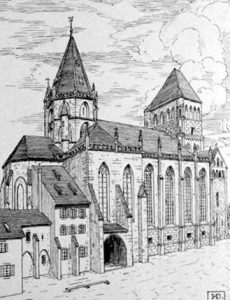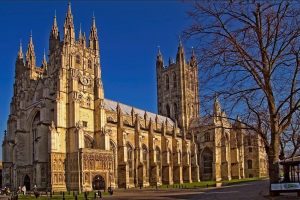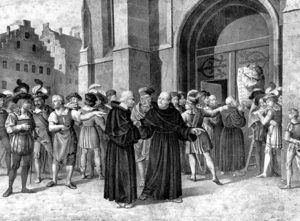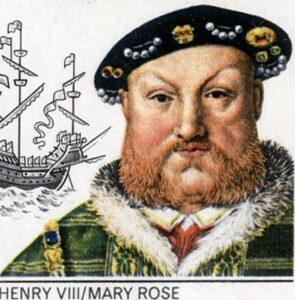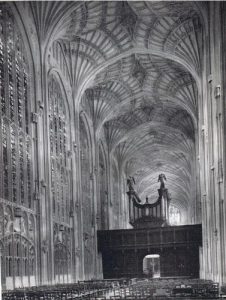Four forms of Reformation
In the 16th century four forms of Reformation appeared, and all adopted the principles of Martin Luther (1483-1546): Jesus Christ alone, Bible alone, grace alone, faith alone.
The four forms are:
– the Lutheran Reformation, created by Luther,
– the Reformation established by Zwingli and Calvin (Reformed trend),
– the radical Reformation with the Anabaptists,
– the Anglican Reformation initiated by Henri VIII in England.
These original forms all gave rise to various trends, as shown in the scheme, see below.
The different Protestant trends
*The Lutherans adopted the form of Church organised by Luther, as far as doctrine and liturgy were concerned. Since the 16th century they have been very close to one another.
* The Reformed, also called Calvinists, stemmed from the trend developed by Ulrich Zwingli (1484-1531) and pursued by Jean Calvin (1509-1564).
In Anglo-Saxon countries, the Reformed are called Presbyterians.
The Puritans, so called by their opponents in 1560, associated with the Calvinist trend. They wanted to go further with the Reformation of the Church of England, and considered Queen Elizabeth I’s measures too unassertive.
* The Waldenses trend created by Pierre Valdo in Lyon in the late 17th century spread all over Europe in the Middle Ages; they joined the Reformed trend in 1532.
* The Hussite Church, issued from the Reformation, led by Jan Hus in Bohemia and Moravia in the 14th century, progressively became a Protestant Church.
*The radical Reformation was characterised by the will to go further than the other Reformations, which it considered as not going far enough: it particularly refused to baptise children. The derived trends were:
– Hutterians, disciples of Jacob Hutter (1500-1536) refused all forms of violence;
– Mennonites, disciples of Menno Simons (1496-1561) wanted the independence of the Church from the State, and also rejected violence and war;
– Unitarians contested the dogma of the trinity and confuted the divinity of Jesus Christ.
The Amish appeared in Alsace in the late 17th century within the Mennonite community. Their founder Jacob Amann required a more strict discipline.
* In 1534, the schism between the Church of England and Rome under the impulse of King Henry VIII, opened the way to a link with Protestantism: the Anglican Church adopted a confession of faith inspired by the Reformation in 1563, under the reign of Elizabeth I.
* The Episcopalians were issued from the Anglicans in the United-States: according to the declaration of independence of 1776, they were freed from the English King’s tutelage while remaining in the Anglican communion.
* Numerous trends were issued from the Revival movement within Anglicanism after the 17th century. Like the trends from the radical Reformation, the Baptists created in the Netherlands in the early 17th century and accept baptism for adults only.
* The Quakers met in ‘Friends’ assemblies’ without singing and in silence, each person is free to adopt their own religious creed.
The Methodists inspired by John Wesley and George Whitefield insisted on sanctification through engagement, a concrete testimony of the believer’s state of grace.
The Adventist Church was founded by William Miller (1782-1849) who expected the end of the world and hoped for Jesus Christ’s return; it respected the Sabbath and some food restrictions from the Old Testament.
The Darbysts stemmed from dissidents from the Church of England who had refused the State’s influence on the life of the Church. They fell under pietism with a Reformed theology. They met in brothers’ assemblies led by elders.
The Salvationists belonged to the Salvation Army, a movement founded by William Booth (1829-1912) to envangelise the working class and especially to bring help against poverty.
* In the 20th century two major Revival movements appeared:
The Pentecostal mouvement stressed the miraculous consequences of faith – healing, talking in tongues – thanks to the Holy Spirit.
The Charismatic mouvement, close to the Pentecostals, had more diverse worshipping practices and especially insisted on personal development. The Charismatic movement progressively joined other Protestant Churches and even the Catholic Church.



